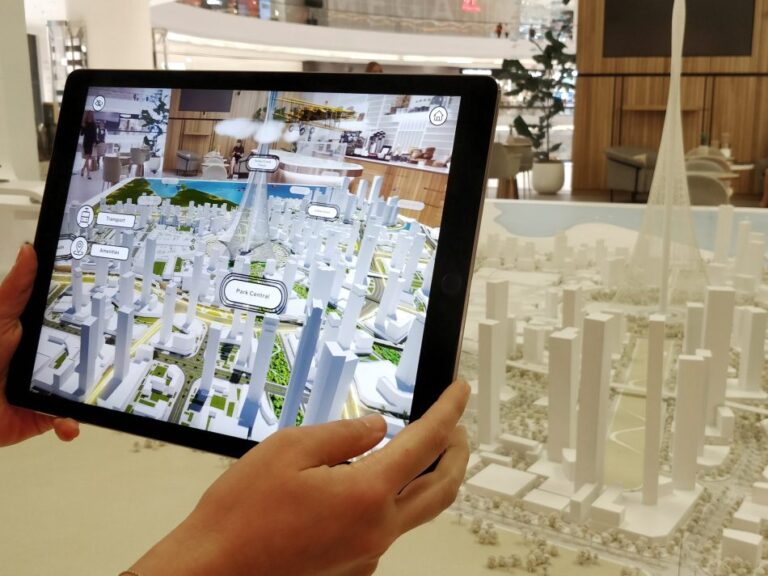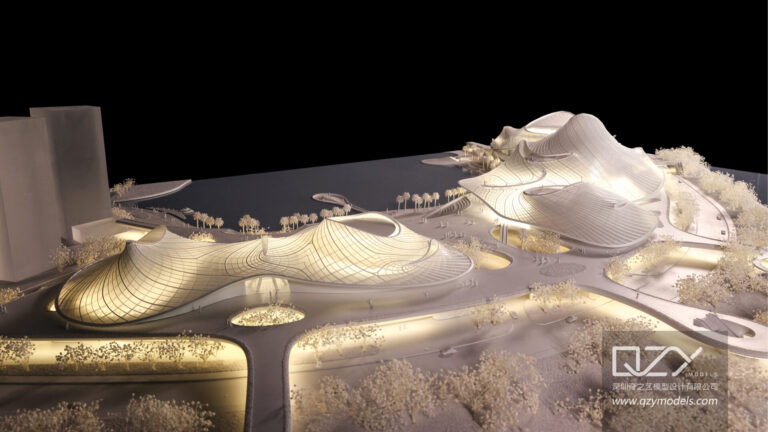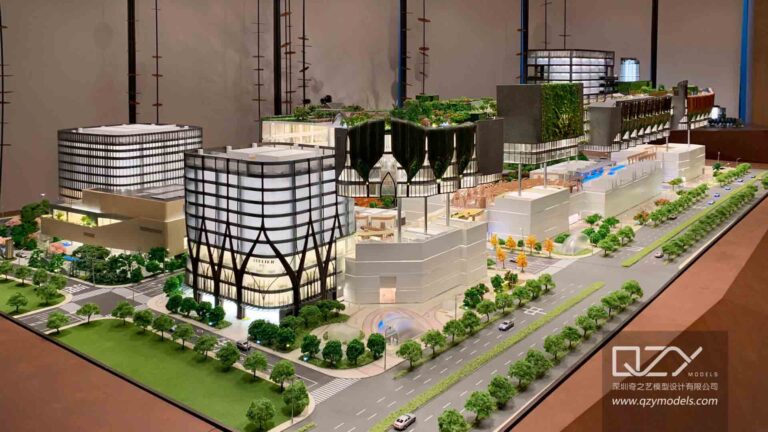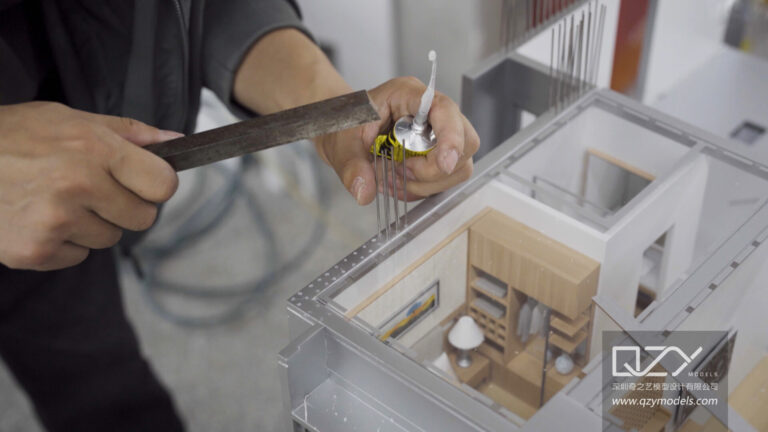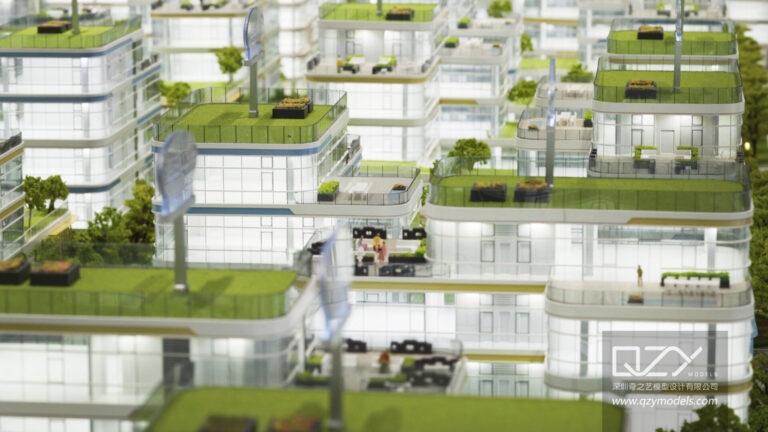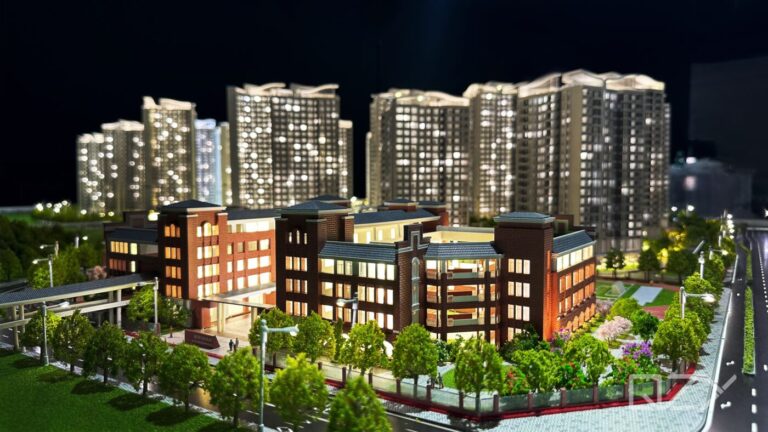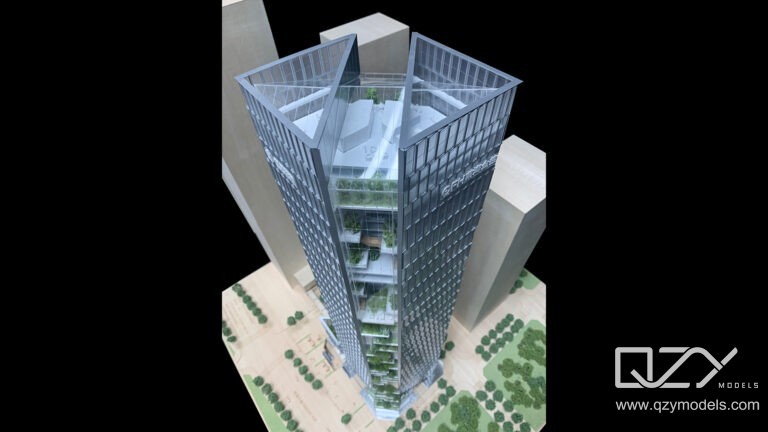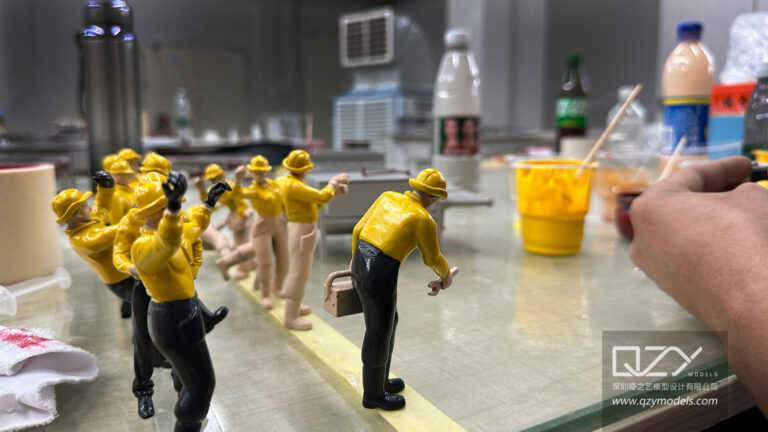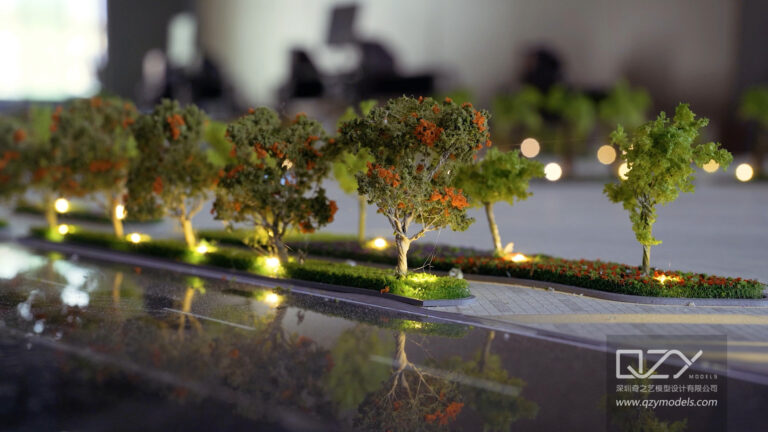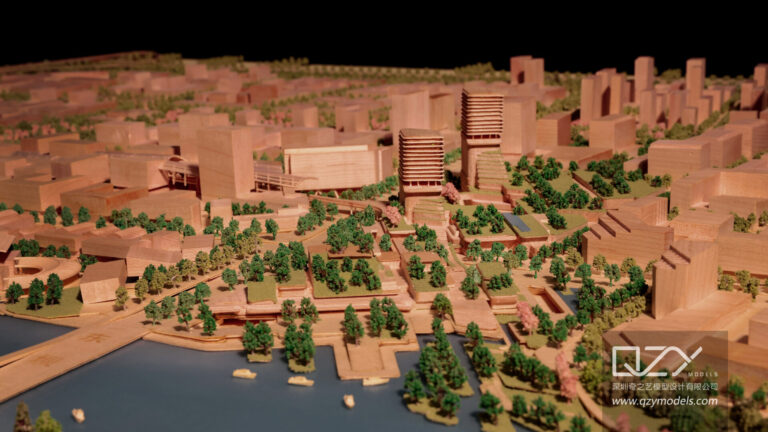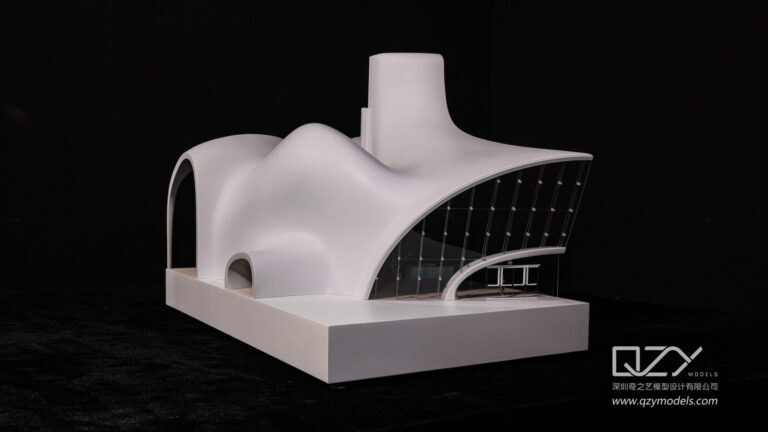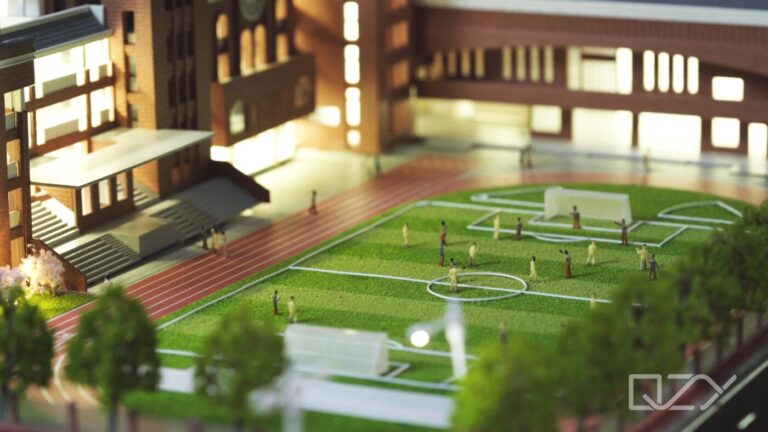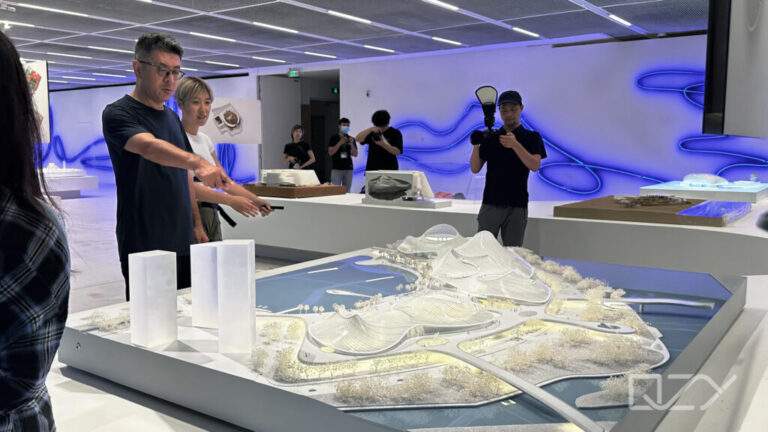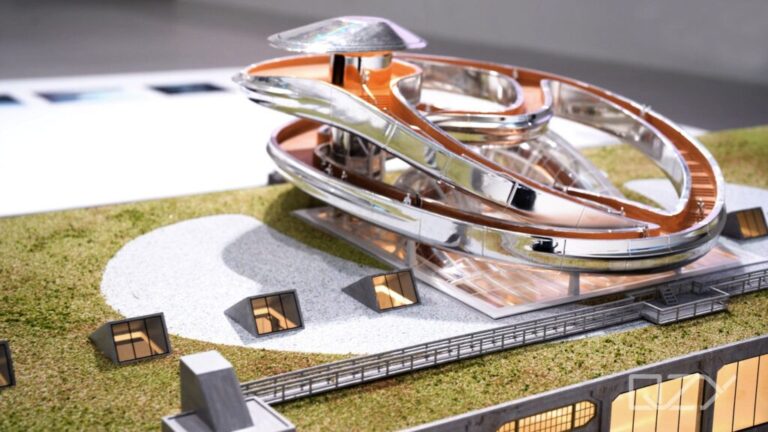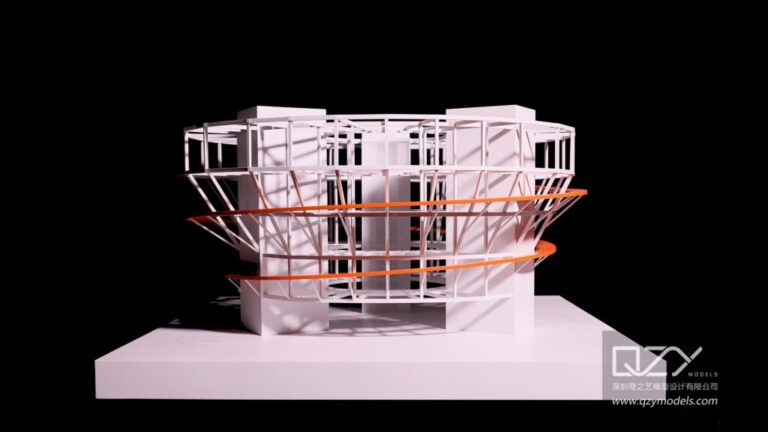In the realm of architectural exploration, the endeavor to recreate ancient buildings through physical model-making offers a unique lens into the past. The meticulous craft of constructing physical models that mirror the grandeur of ancient architecture brings to life structures long lost to time. This article delves into the art and purpose of crafting physical models for ancient architecture, examining the techniques, challenges, and educational value inherent in this nuanced endeavor.
I. Purpose and Educational Significance of Physical Models for Ancient Architecture
A. Bridging Historical Gaps:
The primary purpose of crafting physical models for ancient architecture lies in bridging historical gaps. These models serve as tangible bridges between the present and the architectural wonders of the past, offering a visual and tactile understanding of structures that may no longer exist or have undergone significant transformations.
B. Enhancing Educational Experiences:
Physical models play a crucial role in enhancing educational experiences by providing students, scholars, and enthusiasts with a three-dimensional representation of ancient structures. The hands-on nature of interacting with these models fosters a deeper understanding of architectural principles, construction techniques, and the contextual significance of historical buildings.

II. Craftsmanship and Techniques in Recreating Ancient Models
A. Meticulous Scaling and Detailing:
Crafting physical models for ancient architecture requires meticulous scaling and detailing to accurately represent the nuances of each structure. Model-makers employ precision tools and techniques to capture architectural intricacies, ensuring that the scaled-down replicas faithfully convey the grandeur and detail of the original buildings.
B. Material Selection and Authenticity:
The choice of materials in model-making is a critical aspect of authenticity. Model-makers select materials that mirror those used in the construction of ancient structures, whether it be clay, stone, wood, or other indigenous materials. This commitment to authenticity adds a layer of realism to the models, providing a true-to-life representation.
III. Detailing Ancient Architectural Models
A. Iconography and Symbolism:
In the recreation of ancient models, attention to iconography and symbolism is paramount. Decorative elements, carvings, and symbols present in the original structures are faithfully replicated. These details not only add aesthetic value but also convey the cultural and historical significance embedded in the architecture.
B. Contextual Landscape Representation:
Beyond the structures themselves, physical models often include representations of the contextual landscape. This may involve crafting surrounding terrain, water features, or other landscape elements to provide a holistic view of how the ancient building integrated with its surroundings.
IV. Challenges in Recreating Ancient Models
A. Limited Historical Documentation:
Crafting physical models for ancient architecture presents challenges due to limited historical documentation. Incomplete or ambiguous records may necessitate a degree of creative interpretation, requiring model-makers to blend historical accuracy with informed conjecture.
B. Preserving Fragile Details:
The fragility of certain architectural details in ancient models poses preservation challenges. Model-makers must strike a delicate balance between capturing intricate details and ensuring the durability of the model for educational and exhibition purposes.
V. Significance in Contemporary Studies and Preservation Efforts
A. Contributions to Architectural Studies:
Physical models of ancient architecture contribute significantly to contemporary architectural studies. These recreations provide a tangible platform for architects, researchers, and students to study and analyze architectural principles, construction techniques, and design aesthetics prevalent in different historical periods.
B. Promoting Preservation Awareness:
Physical models act as advocates for preservation awareness by offering a tangible representation of the importance of conserving and protecting ancient structures. Exhibitions featuring these models engage the public, fostering a greater appreciation for architectural heritage and the need to safeguard it for future generations.
Crafting physical models for ancient architecture is a multifaceted endeavor that goes beyond mere replication. It is an art that involves meticulous craftsmanship, historical interpretation, and a commitment to authenticity. These models, through their educational value and contributions to contemporary studies, serve as bridges connecting us to the architectural wonders of the past, ensuring that the legacy of ancient structures endures and continues to inspire architectural exploration in the present and future.
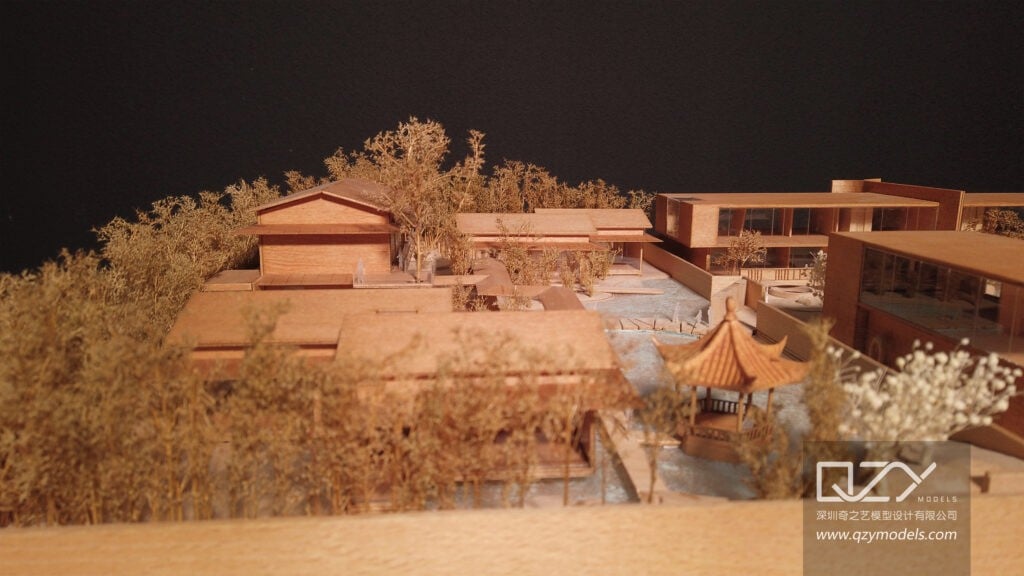
Discovering the World Through Miniatures – About Us
QZY Models, founded in 2013 in Shenzhen, China, is a leading professional team specializing in the design and production of customized physical models. Rooted in the architecture industry, QZY Models caters to diverse model production needs, ranging from furniture, interior design, architectural landscape, to urban planning. Moreover, we are continuously exploring various fields, including dynamic mechanical models, industrial equipment displays, scientific and technological principle displays, and exhibition displays, to create a diverse model service ecosystem.
Since commencing our independent business in 2013 and establishing our base in Shenzhen, ensuring quality has always remained our top priority. We have forged strong collaborations with renowned companies in over ten countries, such as the United Kingdom, the United States, Canada, and Singapore. Our completed projects span across China, the United Arab Emirates, Saudi Arabia, Egypt, Poland, Morocco, Ethiopia, and other countries. Presently, QZY Models has established branches or offices in Egypt, Morocco, Saudi Arabia, Lebanon, Italy, the Netherlands, and other locations, firmly committed to serving global customers.
For more information, please visit our official website: www.qzymodels.com



